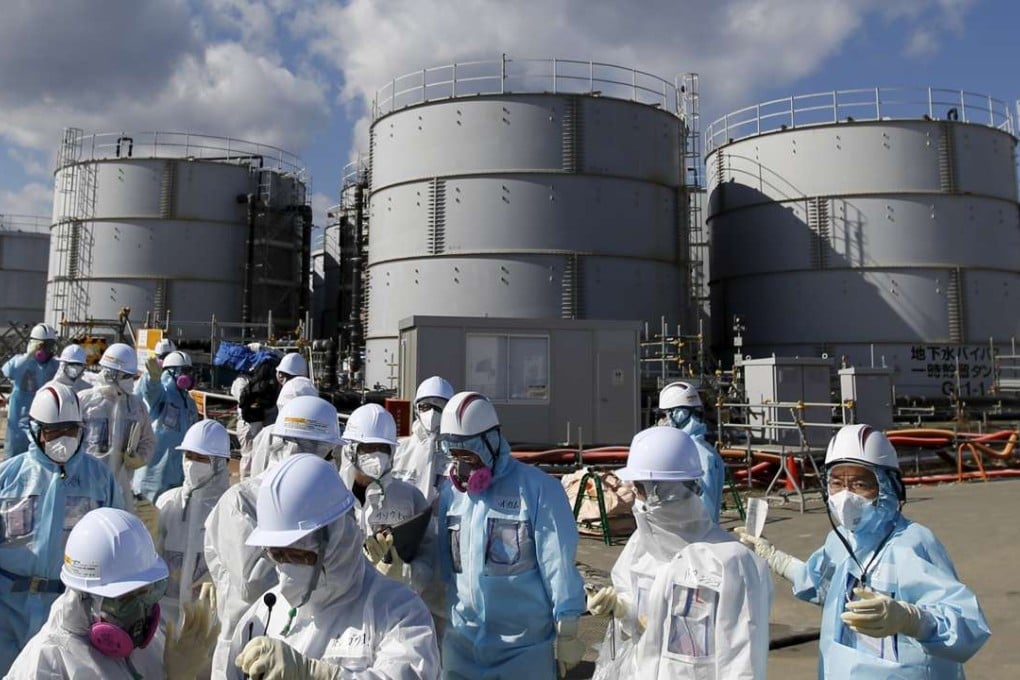Cost to scrap Fukushima nuclear plant massively underestimated, Japanese officials admit
A revised figure expected by the end of the year could be more than double the current price tag

Japan’s Minister of the Economy, Trade and Industry, Hiroshige Seko, told reporters after the panel meeting, its second, that the government will provide a firmer estimate for annual decommissioning costs for the nuclear plant by the end of the year,

Surging decommissioning costs are being addressed by the panel but it is also looking into options including a break up of Tepco, which is under state control after an earthquake and tsunami sparked meltdowns at the Fukushima reactors in March 2011.
“A combination among nuclear operators is one possibility,” Yojiro Hatakeyama, a director at the industry ministry overseeing the electricity and gas industries, told reporters.
He did not elaborate on the government’s estimate for annual decommissioning costs after repeated questioning from reporters.